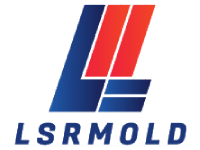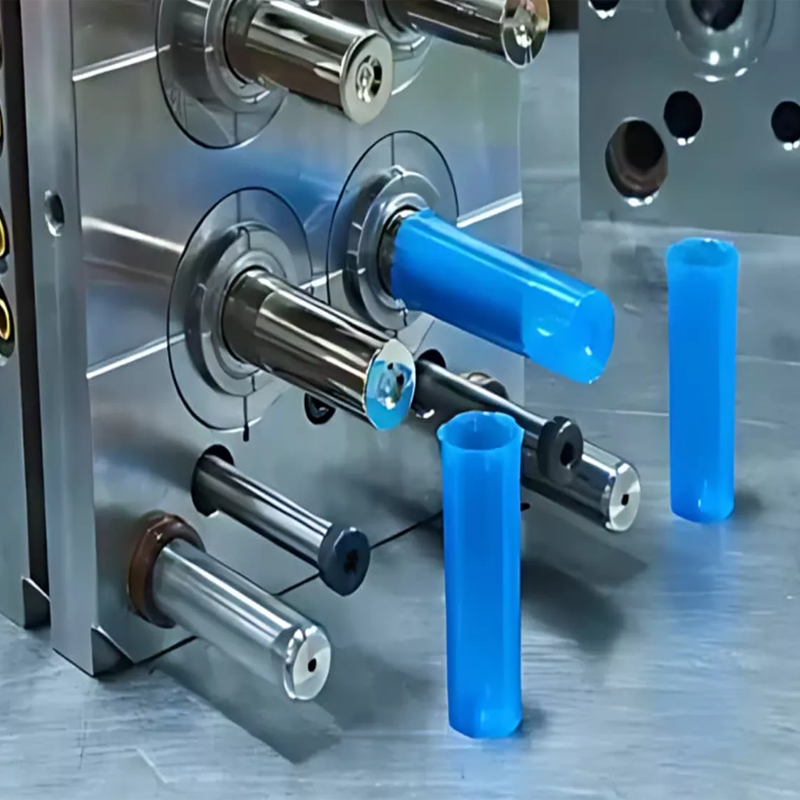When investing in a plastic injection mold, whether for a new product or to enhance an existing line, the decision involves a significant financial commitment. The design and manufacturing process must be handled with care to ensure quality, efficiency, and long-term durability. As a professional mold manufacturer, we understand the complexity of this process and the key factors buyers need to consider to get the best return on investment.
In this blog, we will explore the critical aspects of plastic injection mold design, with a focus on how to choose the right mold for your project. Whether you’re a first-time buyer or an experienced professional, these insights will help you make informed decisions to meet your production goals.
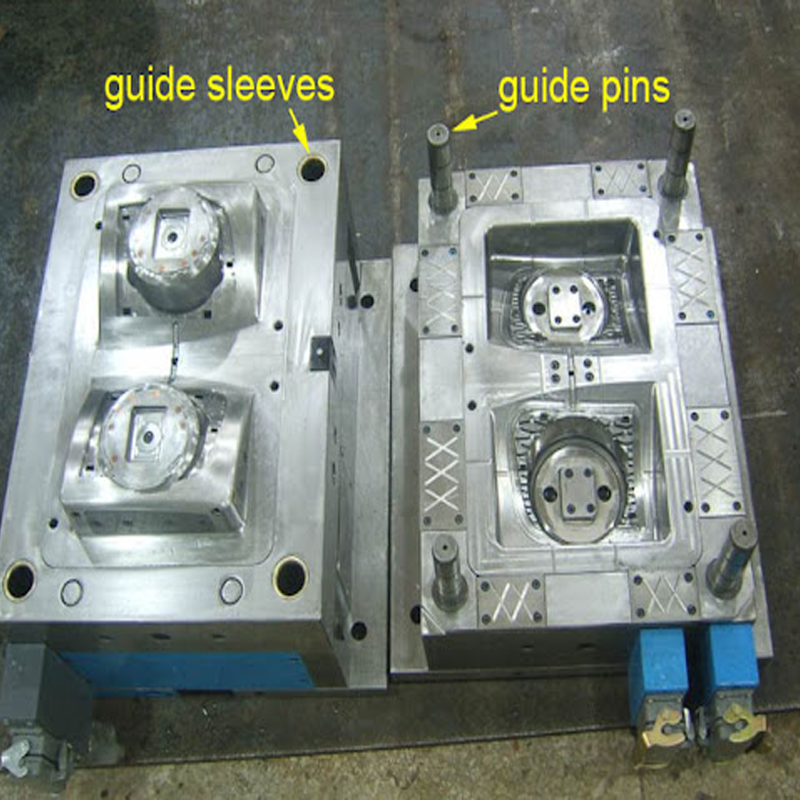
-
Understanding Your Product Requirements
Before diving into mold design, it is crucial to have a clear understanding of your product’s specifications. The end-use application of your part determines a variety of mold design aspects, such as material selection, mold complexity, and cavity structure.
Material Selection
The type of plastic material you plan to use significantly affects the mold design. Each material has different properties, such as melting point, shrinkage rate, and cooling time. For example:
– ABS is strong and durable but has a high shrinkage rate.
– Polypropylene (PP) is lightweight and flexible but may require specific mold considerations for thin-walled parts.
– Polycarbonate (PC) offers excellent impact resistance but requires high-temperature molds.
Collaborating with your mold maker during the material selection process ensures that the mold design accommodates the specific characteristics of the plastic, helping to avoid defects like warping or sink marks.
Part Complexity
The complexity of your part, including intricate details, undercuts, and tight tolerances, will dictate the type of mold you need. Complex parts might require multi-cavity molds or additional features like lifters and side-actions to ensure proper ejection and mold filling. The more complex the part, the more sophisticated the mold design will need to be, impacting both cost and lead time.
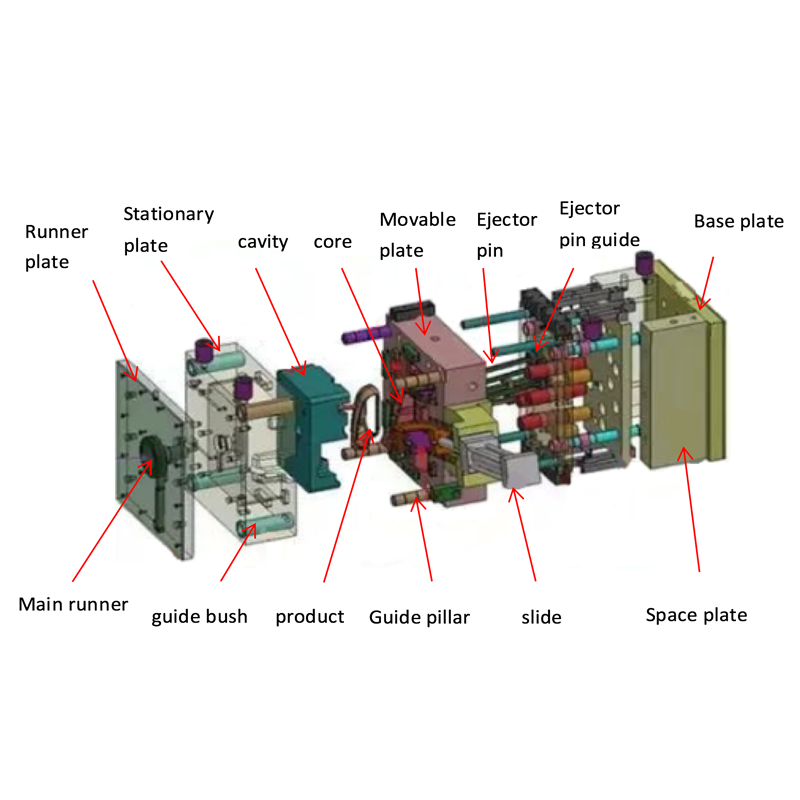
-
Mold Type and Configuration
Plastic injection molds come in various types and configurations, depending on the production needs. Selecting the right mold type is critical for balancing cost, efficiency, and production goals.
Single-Cavity vs. Multi-Cavity Molds
– Single-cavity molds are ideal for lower production volumes, prototypes, or when testing a new part. These molds are simpler and less expensive to produce but result in slower output.
– Multi-cavity molds, on the other hand, produce multiple parts per cycle, increasing production efficiency. However, these molds are more complex and costly due to the precision required for balancing cavity pressure and maintaining uniformity across all parts.
Hot Runner vs. Cold Runner Systems
– Cold runner molds are simpler and more affordable, but the material left in the runner is wasted or must be recycled after each cycle, leading to some material inefficiency.
– Hot runner molds maintain molten plastic in the runner, reducing waste and cycle time. Although more expensive upfront, hot runner systems can offer significant long-term savings in high-volume production runs.
Working with an experienced mold designer can help determine which mold type is best suited to your project, based on your production volume and material usage.
-
Mold Quality and Durability
The longevity of your mold is a critical consideration for maintaining consistent production and reducing downtime. Mold quality depends on the materials used, the precision of manufacturing, and the quality control processes followed during mold construction.
Mold Base and Core Materials
High-quality molds are typically made from durable metals like hardened steel (such as H13 or S136) or pre-hardened steel (such as P20). The choice between these materials often depends on the production volume:
– Hardened steel molds are ideal for long production runs, as they offer excellent wear resistance and durability, but they come at a higher cost.
– Pre-hardened steel molds are more cost-effective for short to medium production runs, though they may wear out faster under high-volume conditions.
For lower production volumes or prototype molds, aluminum is sometimes used due to its lower cost and faster machining time, though it lacks the durability of steel.
Cooling Systems
Efficient cooling systems are crucial to reducing cycle time and maintaining part quality. Poor cooling design can lead to uneven cooling, which can cause warping or shrinkage in the final part. Mold designers can integrate cooling channels into the mold to ensure even temperature distribution and optimize cycle time.
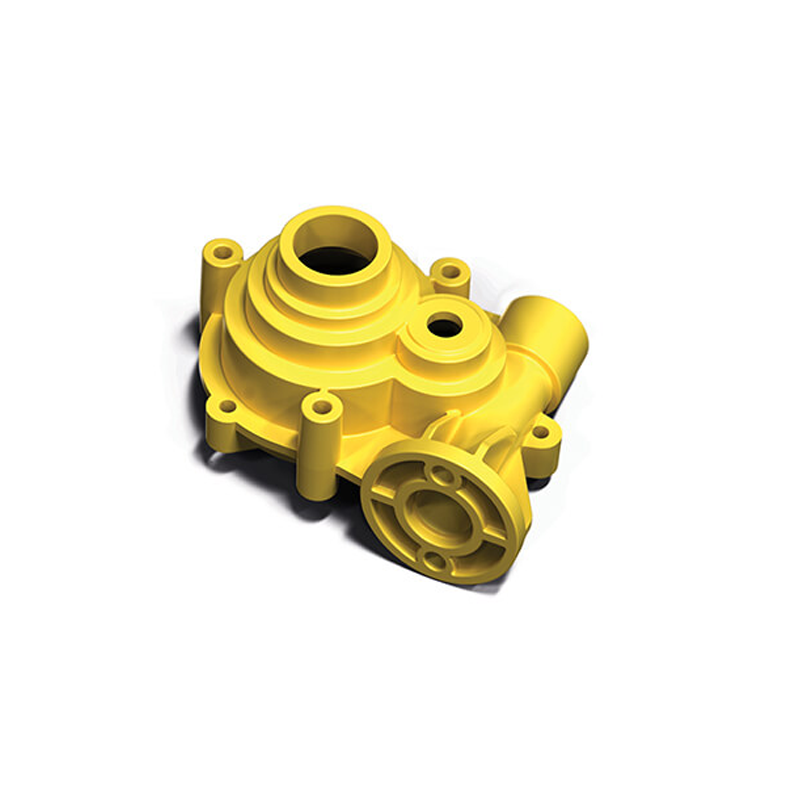
-
Precision and Tolerances
Plastic injection molding demands high precision, especially for parts with tight tolerances or critical dimensions. The accuracy of the mold directly impacts the consistency and quality of the final parts.
Tolerance Considerations
During mold design, it’s essential to define the tolerances your part requires. Factors such as shrinkage and thermal expansion of the plastic must be accounted for to achieve the desired dimensions consistently. Working closely with your mold manufacturer to define and achieve tight tolerances is key to producing parts that meet exacting standards.
Surface Finish
Surface finish requirements also affect mold design. For example, if your part requires a high-gloss finish, the mold cavities must be polished to a mirror-like surface. Alternatively, if a textured finish is desired, the mold must be treated accordingly. The mold’s surface finish can impact aesthetics, functionality, and even ease of ejection, so these details should be discussed early in the design phase.
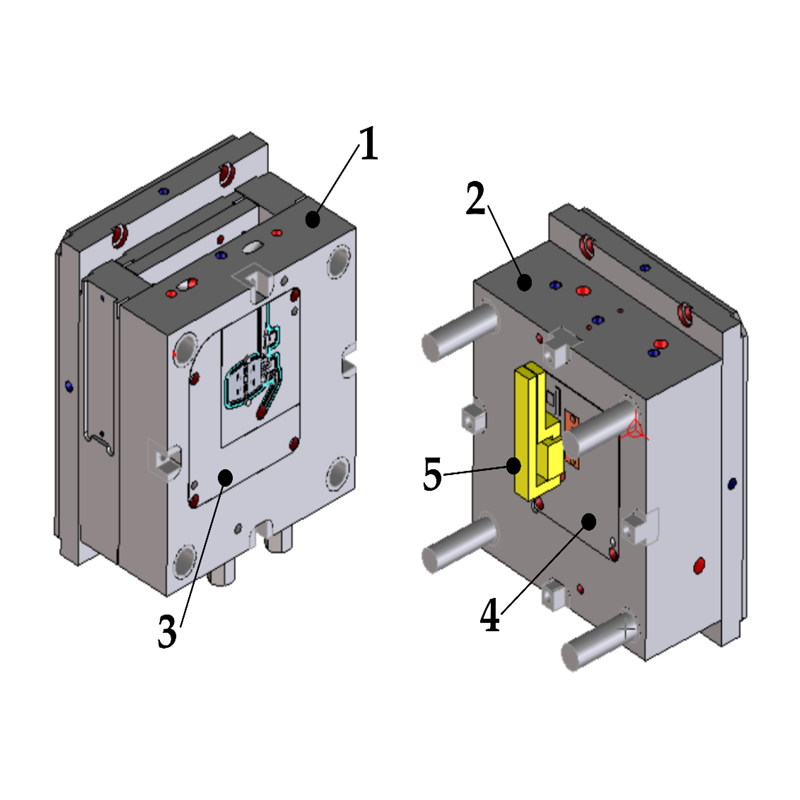
-
Mold Maintenance and Care
The initial investment in a high-quality mold is only the beginning. Proper maintenance is crucial for extending the mold’s lifespan and ensuring consistent part quality over time.
Maintenance Plan
Establishing a mold maintenance plan with your mold manufacturer helps minimize wear and tear, preventing unexpected production stoppages. This plan may include routine cleaning, inspection, lubrication, and part replacement for components such as ejector pins or cooling lines. Neglecting maintenance can lead to premature mold failure, higher defect rates, and increased production costs.
-
Cost Considerations
The cost of a plastic injection mold is influenced by several factors, including material selection, mold complexity, the number of cavities, and the type of runner system. When budgeting for a mold, it’s important to balance upfront costs with long-term production efficiency.
Upfront Cost vs. Long-Term Value
While a higher-quality mold may have a larger upfront investment, it often results in lower long-term costs due to increased durability, reduced cycle time, and fewer part defects. Conversely, opting for a lower-cost mold may save money initially, but can lead to more frequent maintenance, repairs, or even replacement, driving up total costs over time.
Quoting and Lead Time
Requesting detailed quotes from your mold maker ensures you understand the full scope of the project, including lead time. A clear production timeline helps you plan for market launches and avoid production delays. Work with a manufacturer that can provide realistic deadlines and transparent cost breakdowns.
-
Custom Mold Solutions
One of the key advantages of working with a professional mold maker is the ability to design fully customized molds tailored to your specific product requirements. From size and shape to special features such as overmolding or insert molding, custom solutions ensure that your mold will meet all functional and aesthetic needs.
Conclusion
Purchasing a plastic injection mold is a major decision that requires careful consideration of your production needs, part specifications, and budget. By understanding the key factors such as material selection, mold type, quality, precision, and cost, you can make informed decisions that ensure the success of your injection molding project. Partnering with an experienced mold manufacturer will not only help you design the perfect mold but also optimize your production process for years to come.
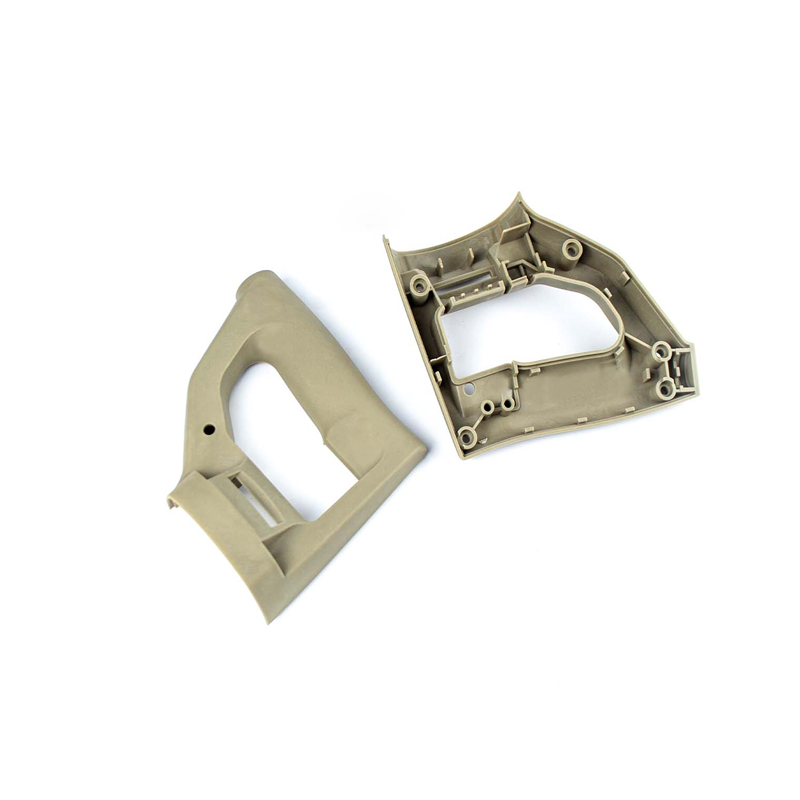
Investing time and effort upfront in the mold design process will lead to higher-quality parts, more efficient production, and better long-term value. Whether you’re producing simple components or highly complex parts, a well-designed mold is the foundation of success in plastic injection molding.
